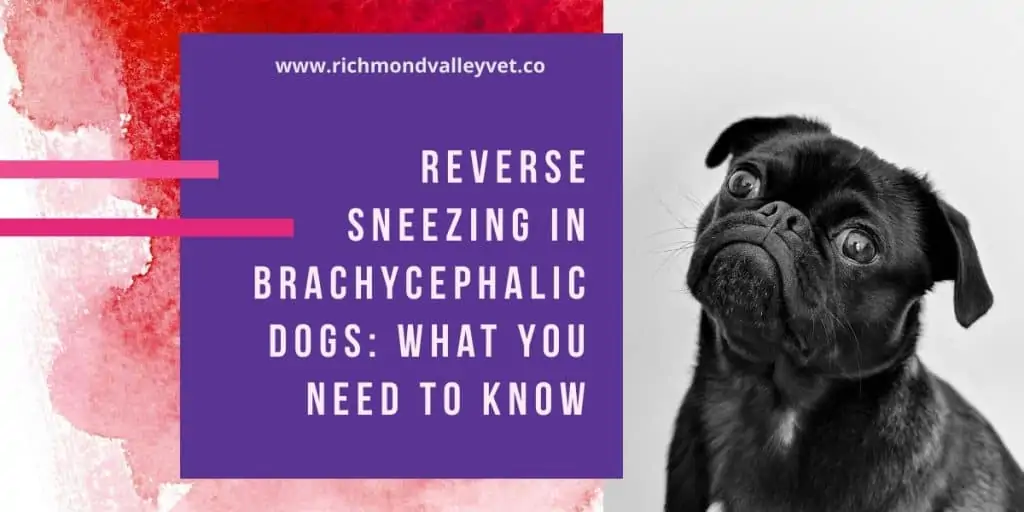
Reverse sneezing in dogs is a common concern. To watch your pooch in action can be a terrifying experience.
Reverse sneezing is more common in dogs compared to cats. When your dog reverse-sneezes, it looks like he is gasping for air. Considering the breathing issues in short-nosed dogs, reverse sneezing in brachycephalic dogs can be terrifying for the owners to watch and more difficult for the pooch itself.
As a dog parent, it is important for you to understand the process and know more about reverse sneezing.
Understanding reverse-sneezing
Reverse sneezing, as the name indicates is a process where dogs forcefully pull in the air through their nose rather than pushing it out.
During the process, your dog is usually in a standing position with an extended head and neck. Your pooch will try to inhale air repeatedly and forcefully via their nostrils. The forceful inhalation is accompanied by loud snorting or gagging noise.
The process is uncontrollable and can happen in a row. It can take around 20 seconds. However, when your dog starts reverse sneezing, might do it for a day or two.
Causes of reverse sneezing
Just like normal sneezing, irritation or allergy to throat, larynx or pharynx can be the common triggers of reverse sneezing. The other possible causes of reverse sneezing are listed below:
- Any foreign body like small toy pieces, grass, etc stuck in your dog’s throat
- Irritants like smoke, perfume or diffusers
- Infections
- Sudden change in temperature, especially, a quick transition from a warmer to colder climatic condition.
- A collar which is too tight
- Too much excitement
- Household chemicals
Things you can do to help a reverse sneezing dog
Reverse sneezing in brachycephalic or short-nosed dogs can be a bit more complicated. Unlike most of the other dogs, the distress in brachycephalic dogs can be on the higher side.
As a dog parent, there are certain things that you can try to help your dog in distress during the occasion.
An ideal means to offer comfort when your dog reverse sneezes, is by gently massaging her throat. Covering your pooch’s nostril briefly is another means to compel your dog to take in the air, which will eventually help her to overcome the situation.
When to consult a veterinarian
When your brachycephalic dog starts reverse sneezing, it is important for you to keep a close eye on him. With the breathing difficulty in place by birth, you cannot afford to take chances.
If the sneezing reduces in 40 to 50 seconds, well and good, if the episodes are frequent, with the duration increasing each time. It is better to seek medical attention as soon as possible.
Bear in mind that a frequently reverse sneezing short-nosed dog is always at the risk of chronic medical concerns like collapsing trachea, tumors, mite, and respiratory infection.
Videotaping your dog reverse sneezing can also come in handy when consulting the veterinarian so that he can get a clear picture of the concern and provide the right care at the right time.
